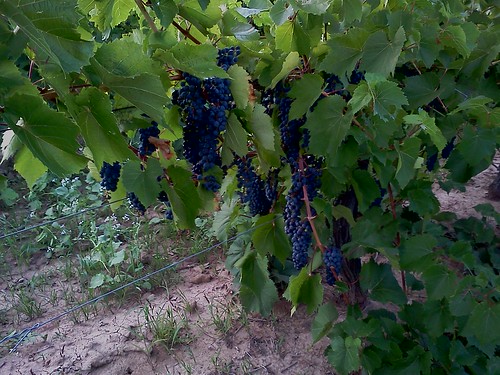
Note: We are following the 2011 grape harvest in Niagara through the writings of several Niagara insiders. This is the second post from Melissa Smits, a cellar/winery technician at Henry of Pelham Family Estate Winery. This is her report for Sept. 9-17.
By Melissa Smits
Things have really picked up in the last week at Henry of Pelham! Our cellar crew has been very busy already, lightly pressing the whole clusters that we’ve been bringing in for the Cuvée Catharine Brut and Rosé Brut.
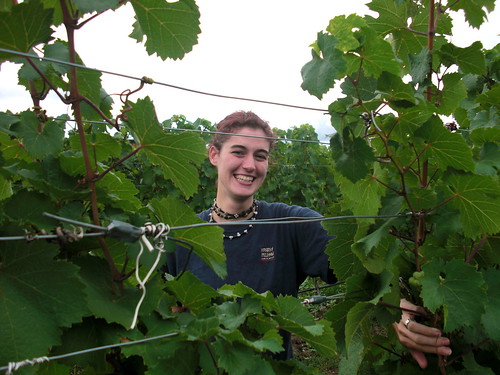
One of our blocks of Baco Noir (see top photo) was very far ahead of the rest (it’s also been in the ground since before 1985). We harvested it last week and it’s already done primary fermentation. Since about Tuesday, more of our Baco blocks have come in, a little bit of Pinot Grigio too, as well as the last of the Chardonnay and Pinot Noir for the sparkling wines.
One of the greatest things about Baco is its super intense colour and huge fruity flavours. This doesn’t need a lot of coaxing in the cellar; it’s already there in the fruit! Being a higher acid and lower tannin grape, it sometimes leaves us with some complexity and structural challenges, but keeping it in touch with the skins and then aging in toasty new American Oak helps that along.
We have just under 1,000 barriques and several puncheons in our subterranean cellar, now completed after construction began in 2008. It’s a nice place to bring tours in the summer; it’s cool and quiet. Soon enough, it’ll be filling up with 2011 wines as the last of our 2010s are brought out, filtered and blended.
I’ve had lots of cluster samples for lab analysis in the last week as well. Looking at results is an important part of timing the harvest, but much of it relies on tasting the berries and juices and thinking about flavours.
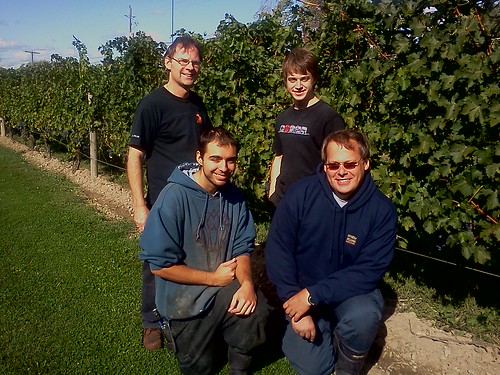
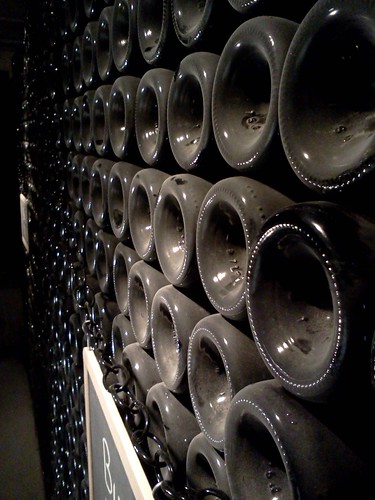
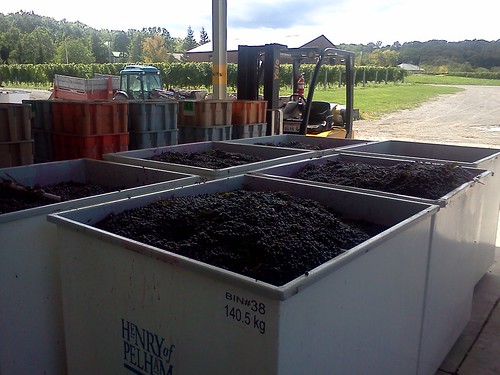
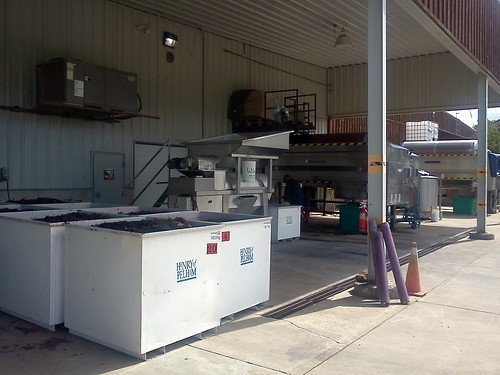
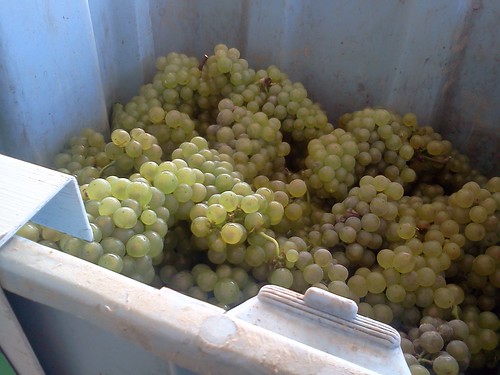
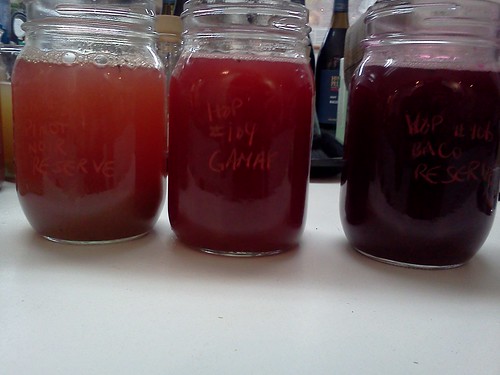
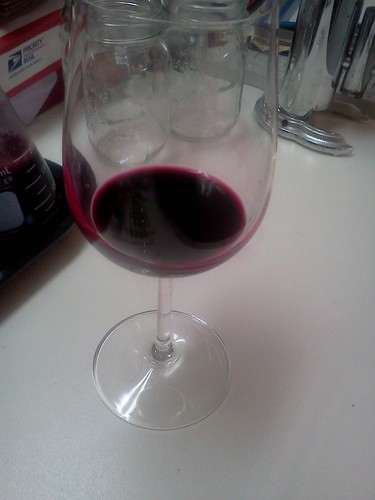
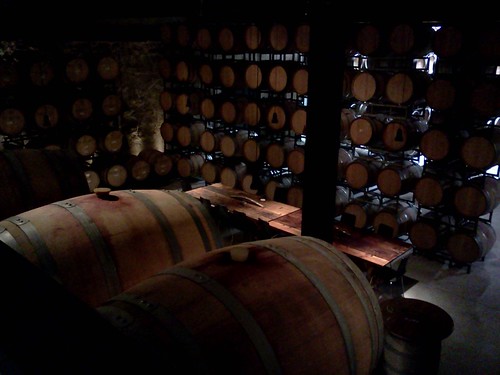
No matter the size of the cellar, winemaking cannot be solely reliant on chemistry—there’s never a perfect mix of numbers for determining fruit perfection. This is where the art meets the science; a qualitative assessment that will always be somewhat personal, and necessary to what we do.
In our region, a lot of the older wineries have gained popularity which increases demand for a lot of their products. It means planting more fields and bringing in more tanks, and then hiring more staff to manage these.
As always in the Niagara region, we have to keep a close eye on the weather throughout it all. There was a little bit of rain, but in the last week it’s been mostly sunny and the temperature has dropped a little bit. I’m still happy to see that much of what we do in Niagara is still quite traditional rather than automated; here we have four new staff this year to help us during harvest.
From here until the next update, we’re going to be looking at Chardonnay, Sauvignon Blanc and some more Pinot Grigio too. We’re going to keep monitoring ripeness and taste in the field, and then in the cellar there’s lots of activity surrounding what’s already here.
It’s interesting to see these wines develop in stages, and tracking that development is another aspect of the evolution of the wines themselves that is really appealing.
Here’s to the small steps that count!
Melissa Smits
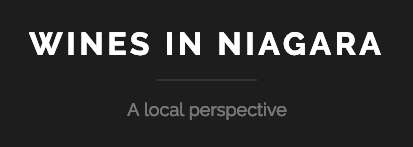

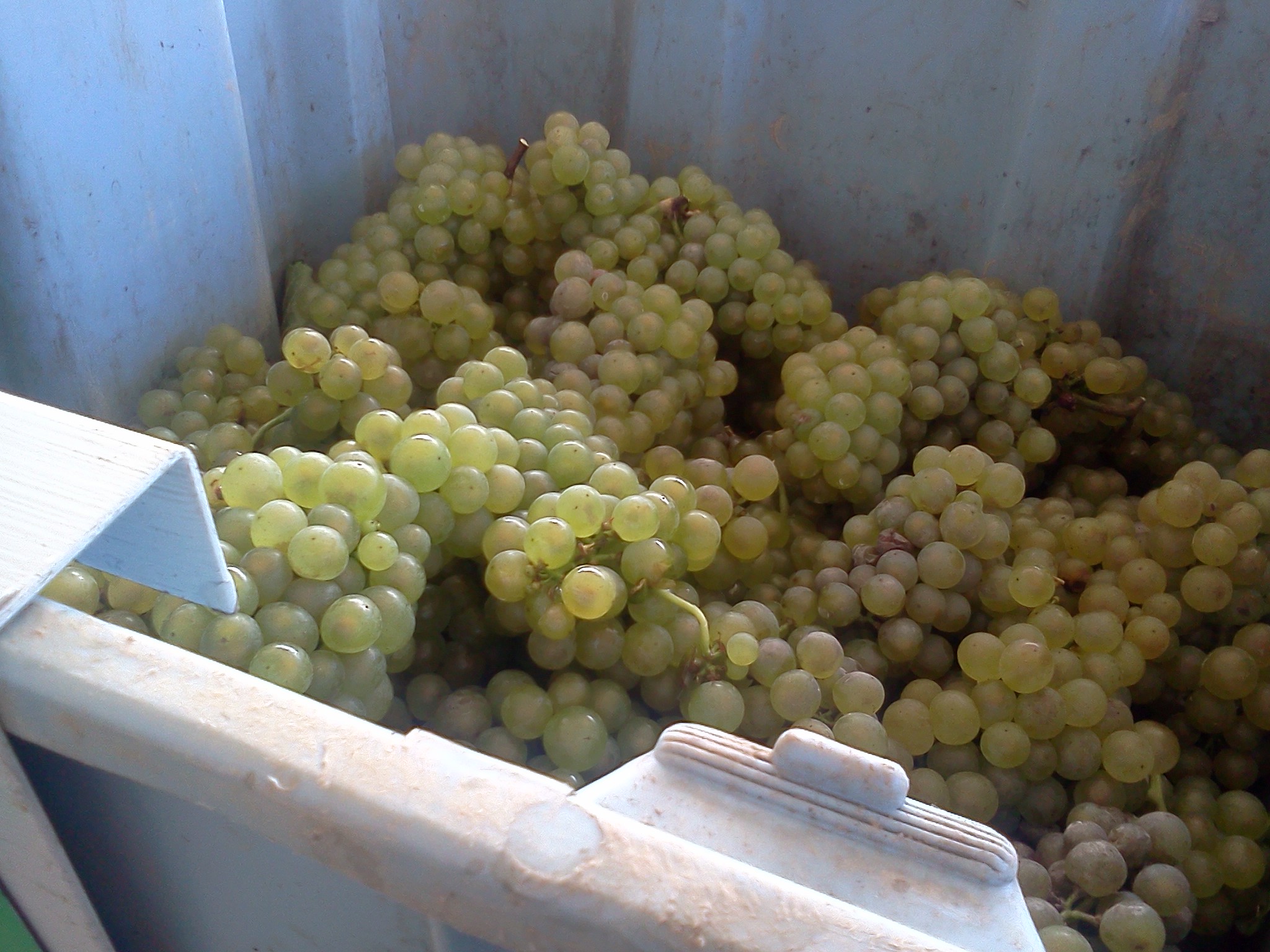



Comment here